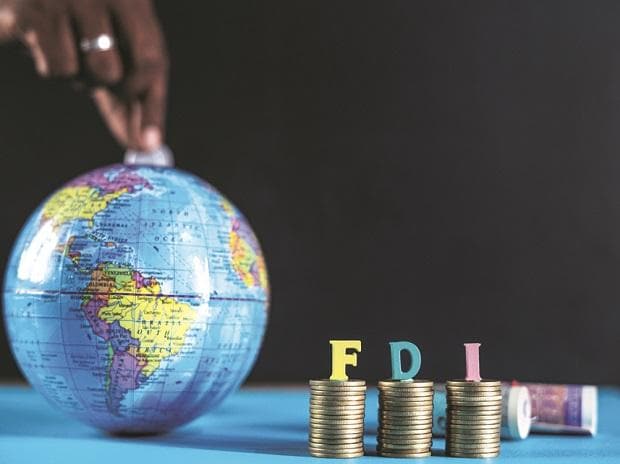The US Fed policy action, RBI rate decision and foreign fund flows are some of the major factors that will guide the equity markets in the near-term, analysts said on Wednesday.
Besides these, September quarter earnings announcements would also pave the way for the markets, whose overall structure remains bullish, they added.
From its 52-week low of 50,921.22 quoted on June 17 this year, the Sensex has jumped 16.91 per cent till now. The Nifty has climbed 16.96 per cent from its 52-week low of 15,183.40 on June 17 this year.
So far in 2022, the BSE Sensex has climbed 2.20 per cent and the Nifty has advanced 2.33 per cent.
“We believe that the underlying market is bullish. Given India’s stance as a high-performing economy, there are many reasons for India to be an excellent performer as we advance,” said Sunil Damania, Chief Investment Officer, MarketsMojo.
He said the rupee has stabilized after hitting an all-time low level.
The rupee is currently hovering at 79.50 against the US dollar. It had touched an all-time low of 80.15 against the US dollar in intra-day trade on Monday.
“We are of the opinion that irrespective of whether the market touches a record high in September, market sentiments will stay bullish by Diwali,” Damania said, adding that the BSE benchmark Sensex and the NSE Nifty have picked up since mid-June 2022.
At the moment, investors might be skeptical of the current market rally, Damania said, adding that “We maintain the Sensex could touch 65,000 by December 2022, and our short-term Nifty target is 19,000 by December 2022.”
Factors that could influence the direction of global markets include geopolitical issues, commodity prices, inflationary trends, interest rate trajectory followed by central banks and recessionary conditions, experts said.
According to Deepak Jasani, Head of Retail Research, HDFC Securities, Indian markets could get impacted by the turn in global sentiments and as more investors turn risk averse ahead of the historically down month of September.
“However, the intensity and amount of fall in India will be limited as its economy may not be linked fully with the happenings in the US economy,” he noted.
From now till the end of the calendar year, Nifty could see an upside of 18,100 and downside of 15,850, Jasani added.
Reshma Banda, Head-Equity & Executive VP, Bajaj Allianz Life Insurance said Indian macroeconomic fundamentals are better placed on a relative basis.
Inflation in India is elevated and is only marginally higher than the RBI threshold band, which compares favorably to other developed countries where inflation is hovering at multi-decade highs, Banda said.
According to official figures, India’s retail inflation softened to 6.71 per cent in July due to moderation in food prices but remained above the Reserve Bank’s comfort level of 6 per cent for the seventh consecutive month.
Some of the other factors that can impact market sentiments include normal monsoon, which augurs well for controlling food inflation levels in the country.
Further, foreign fund inflows have returned to India, thereby aiding a healthy rally in the equity markets, experts said.
After turning net buyers last month, foreign investors have become aggressive shoppers of Indian equities and pumped in Rs 49,250 crore so far in August on improvement in corporate earnings and macro fundamentals.
Sunil Nyati, Managing Director, Swastika Investmart Ltd, said, Indian equity benchmark indices are witnessing profit-booking after a stellar rally of about 17 per cent from June lows.
Historically, September remains a weak or sideways month for Nifty and Sensex but in October month or near Diwali, Nifty and Sensex can approach their fresh all-time highs, Nyati added.
On the global front, the market will have an eye on economic data and geopolitical situations while on the domestic front, earnings, festive season demand, and FIIs’ behavior will be the key factors.
The Fed’s September policy action is the one significant factor the market will consider until Diwali.
The US Federal Bank chair Jerome Powell has indicated that the central bank will stick to a strategy of rate hikes to cool inflation.
Some experts believe the market is ready for aggressive rate hikes and most of this is already discounted whereas any relief on the inflation front may improve investor sentiments.
(Only the headline and picture of this report may have been reworked by the Business Standard staff; the rest of the content is auto-generated from a syndicated feed.)

